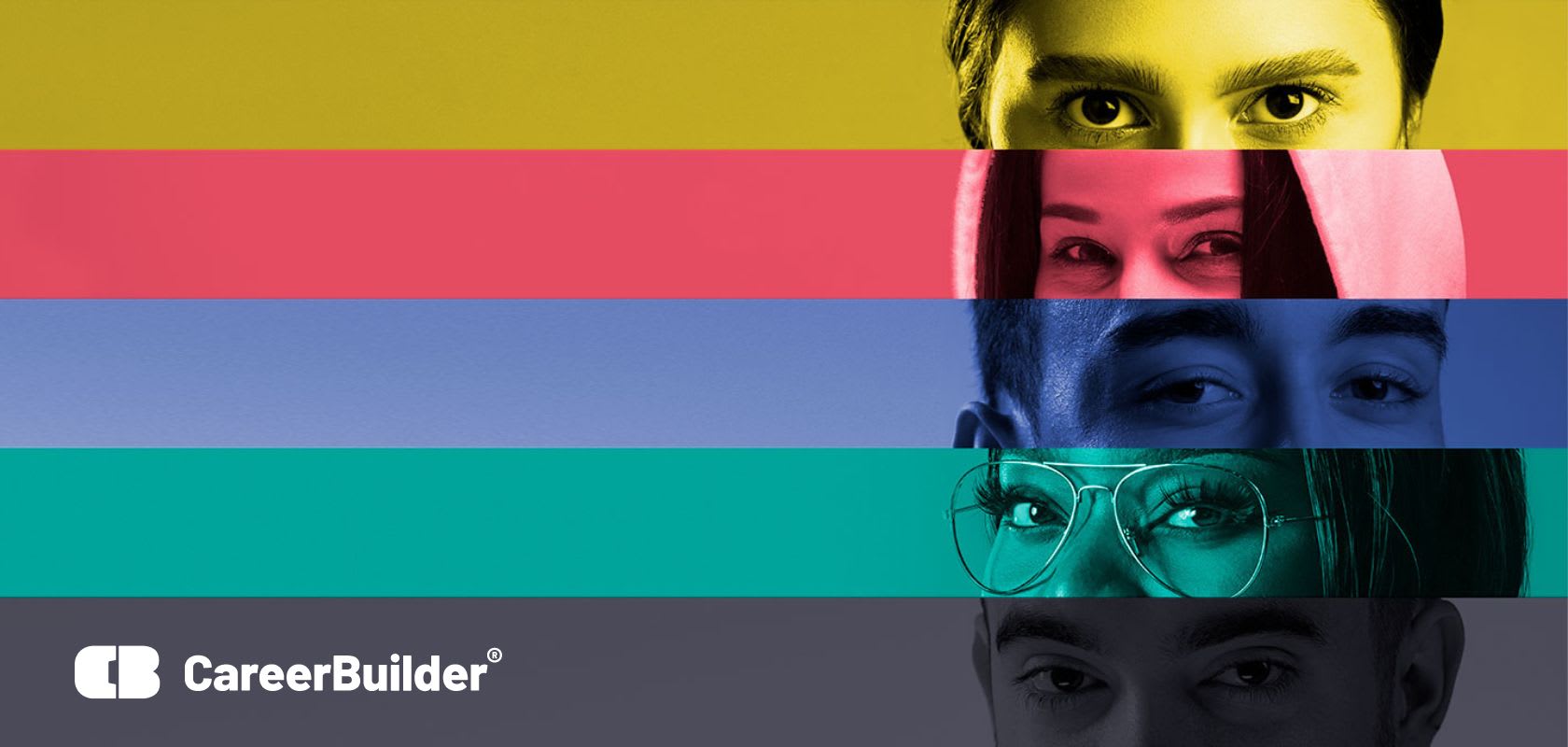How to uncover unconscious bias in recruiting and interviewing

Despite your best intentions, unconscious biases can creep in during the hiring process and influence your decisions. In a competitive job market, businesses can't afford to let biases get in the way. By eliminating unconscious bias in your hiring, you can fill vacant positions with the best talent available and avoid potentially devastating hiring mistakes. Strengthen your hiring process with these measures for uncovering unconscious bias in recruiting and interviewing.
What is unconscious bias?
Unconscious bias, also known as implicit bias, refers to the beliefs or opinions you have about others without even realizing it. In recruiting and hiring, this bias may influence your decisions even though you're unaware it exists. For example, you might unconsciously prioritize candidates who graduated from a specific school.
There are different types of unconscious bias, which include:
- Confirmation bias: Confirmation bias occurs when you use information to confirm your beliefs. For example, you might make an immediate judgment about a candidate and ignore any details that contradict your opinion.
- Halo effect bias: Halo effect bias can occur when you have something in common with a candidate and, because of this, you focus only on their positive qualities. For example, if you both attended the same school, halo effect bias may cause you to dismiss red flags you would have otherwise considered.
- Expectation bias: This type of bias occurs when you set expectations for a candidate and use those expectations to make a decision. For example, if a candidate appears great on paper, you may give them leniency during an interview, even if they're unprepared.
Now that you know more about the types of unconscious bias, here are some strategies to address it in your recruiting and hiring practices.
Review your job descriptions
Unbiased recruiting starts with inclusive job descriptions. When crafting a job description, pay attention to the language you use. For example, use gender-neutral language and job titles to encourage people of all genders to apply. Focus on the duties and expectations of the position rather than on a candidate's qualifications. If you want to measure your efforts, post several slightly different versions of a job description, and review the differences in the candidate pool you attract.
Standardize job interviews
Before seeing anyone, determine key competencies needed for the position. Then, design job interview questions to reveal these abilities. Ask every applicant the same questions in the same order to level the playing field. Standardized interviews allow you to evaluate each candidate based on the same criteria. They can also eliminate discussion about non-relevant subjects that could lead to bias (or even a costly discrimination lawsuit for your business).
Use interview scorecards
Along with standardized interviews, use scorecards to assess candidates objectively. After a candidate responds to each predetermined question, jot down a rating on a five-point scale. Make sure you do this during the interview, as waiting until later can cause you to forget or recast certain individuals' answers in a better or worse light. The final tally offers a quantifiable basis for comparison.
Create objective measures
Realistic sample tests can be great predictors of how candidates will perform if hired, and they provide applicants with equal chances to shine. Choose tasks in line with the vacant position, such as editing a document, writing code, or responding to a customer complaint. Keep identities secret until you've evaluated everyone's work to judge solely on merit.
Want to gather a non-biased pool from the start? Make submitting work samples or solving a relevant problem part of the application process for your organization. Look at this material before reading a cover letter or resume. You'll gain a pool of talent that isn't clouded by information such as age or where the person went to school.
"Realistic sample tests can be great predictors of how candidates will perform if hired, and they provide applicants with equal chances to shine."
Enlist input from others
Other staff members can be good at determining the cultural fit of potential hires. They also can point out potential errors in your judgment, such as selective perception. Extra eyes and ears may pick up on things you missed, offer different interpretations of candidates' responses, or raise awareness of factors you may be ignoring.
Likewise, gather information from other sources. Conduct background checks on all applicants. Contact their references and truly listen. Be open to reevaluating your opinions based on what you learn.
Explore your possible biases
Finally, realize that unconscious bias can take many forms. In addition to developing opinions based on stereotypes, people often draw conclusions from factors such as alma maters, career paths, and even similarities to oneself. Harvard's free online Implicit Association Tests can help you uncover thoughts you may be unconsciously hiding. Use this self-awareness to check your hiring behavior and select people most likely to help your business thrive.
It can take effort to discover your unconscious biases in the hiring process. However, by uncovering unconscious bias in recruiting and interviewing, you can attract a diversified talent pool and find the best possible talent for your business.
More tips on unbiased recruiting and interviewing:
Unconscious bias can cause you to dismiss a quality candidate too quickly. Know when to give a candidate a second look to make sure you're not overlooking top talent.
Building an inclusive team starts with recruiting. Check out these eight ways to improve candidate sourcing to build more inclusive teams.
A diverse workforce can have numerous benefits for your business. Here are some key tips for hiring more diverse candidates.
Do you feel like you put a lot of effort into diversity, equity, and inclusion? Watch out for diversity fatigue to ensure you stay focused on the larger goal.